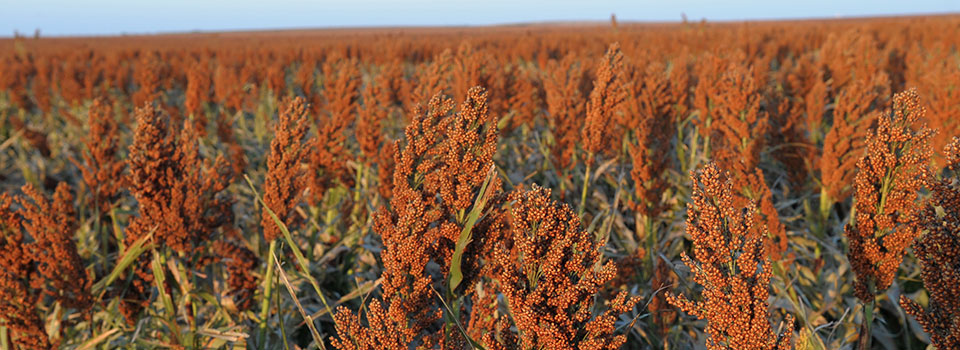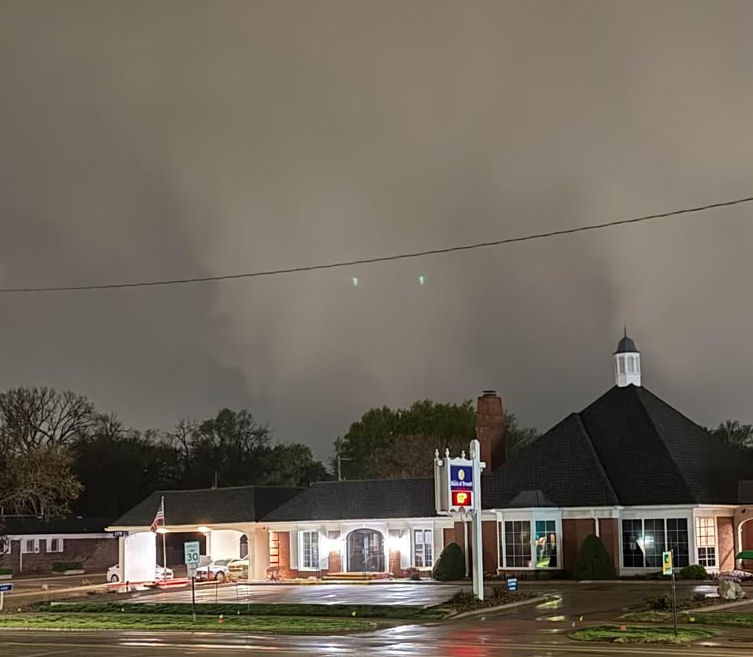An annual report that summarizes the success of Kansas’ crop harvest indicates that drought and water management were still underlying issues for many Kansas farmers in 2023.
The 2023 Kansas Crop Performance Tests are available online from the K-State Research and Extension bookstore, or at local extension offices in Kansas.
Jane Lingenfelser, an assistant agronomist and coordinator of the university’s crop performance tests each year, said the 2023 growing season “started with mild, mostly favorable conditions that had producers cautiously optimistic about good yields after a generally poor wheat crop.”
“Drought and water management were still underlying issues for eastern and central Kansas, but there were small but frequent rain events that kept dryland acres satisfied, if not completely healthy,” she said. “There was actually too much rain in southwest Kansas that at times led to flash flooding and water-logged soils.”
Lingenfelser said the growing season “took an abrupt nosedive during a two-week stretch in August,” when statewide average temperatures were 7 degrees Fahrenheit higher than normal with almost no precipitation.
“The places in Kansas – mainly southwest and northwest – that had soil water reserves to draw from were less affected, but the central portion of the state that was already limping along in between rain events was devastated,” Lingenfelser said.
“After the impressive stretch of heat in August, the temperatures were generally mild again, and precipitation resumed, but many acres of corn and soybeans did not recover and lost all the gains from the start of the season.”
Lingenfelser said grain sorghum and sunflowers were “a little bit better equipped” to handle heat and water stress, but also suffered in the sporadic weather conditions.
“There were pockets of good to great yields of all the spring crops, mainly in southwest and northwest Kansas, but overall in Kansas, it was a sub-par year,” Lingenfelser said.
The K-State crop performance testing program provides unbiased information on the performance of varieties grown in the state under a wide range of climatic and management conditions.
“There is a lot of information that comes from testing crops outside of the state or even out of the country where conditions are more favorable, but the best way to really gauge how a variety will do in Kansas is to grow it here,” Lingenfelser said.
Even so, she notes, there is great variability within the Sunflower State’s borders.
“Kansas is uniquely suited to be both a stress test and a best-case-scenario test in terms of varietal performance, sometimes in areas that are less than 20 miles apart,” Lingenfelser said. “The conditions just can’t be duplicated with climate and crop growth models, and what works in neighboring states may or may not work here. There was beautiful, lush dryland corn and soybeans in central Kansas in June that was completely devastated by August. There was grain sorghum in Garden City that was fair in June, but was robust and thriving by the end of August.”
“Kansas refuses to be predictable.”
The most current test results of Kansas crops can be ordered online for sorghum, corn, soybean and sunflower.
“My new favorite quote is ‘If you want to mess with a Kansas farmer, move (their operation) 50 miles,’” Lingenfelser said. “What works best for your neighbor or the nearest extension center may not work for you, so I encourage everyone to look into as many sources and years of data that they can find, while keeping their own conditions and management practices in mind.”
“Kansas will probably continue to be unpredictable, but producers can control what they can control, and their first and possibly most important act of control is what variety they choose to grow.”



